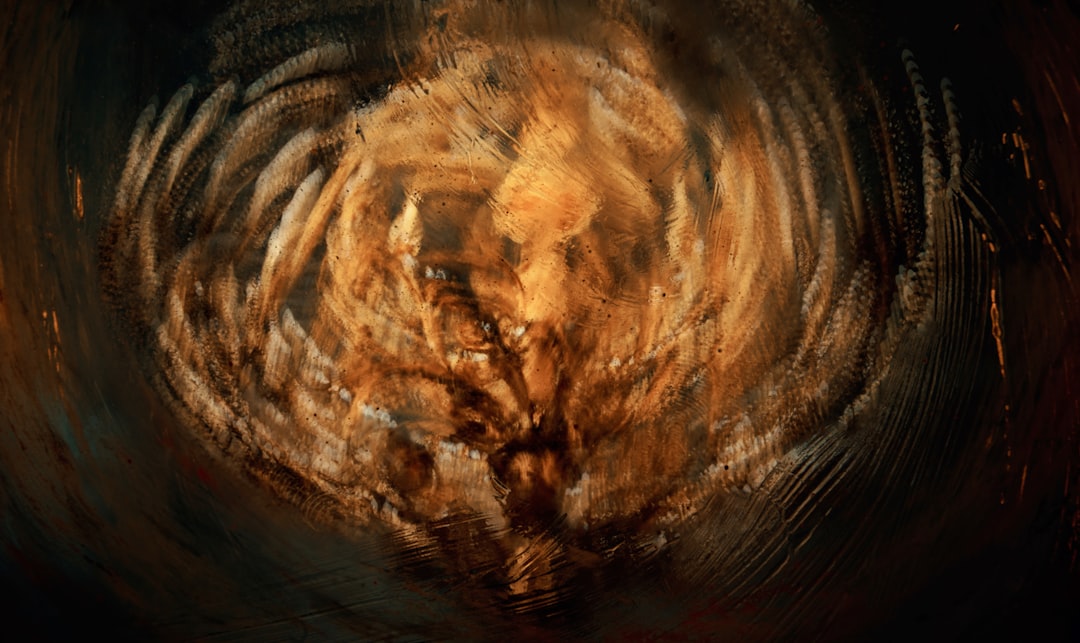What is it about?
In this paper I have explained the internal splitting in Raskolnikov’s character. The splitting comprises the fact that Raskolnikov must alienate himself in radical alterity in order to come to his authentic self; the split between the fictitious, false self of the extraordinary man and the realistic and true self of the ordinary man It is about the internal splitting in Raskolnikov’s character, The splitting of the character is explained as complemented by the split in the novel through the ‘surprising’ end of the novel, both in its style and brevity, i.e. the resolution of the internal conflict via Raskolnikov’s mystical turn to faith. The splitting comprises the fact that Raskolnikov must alienate himself in radical alterity in order to come to his authentic self; the split is between the fictitious, false self of the extraordinary man and the realistic and true self of the ordinary man
Featured Image

Photo by Nenad Radojčić on Unsplash
Why is it important?
I somehow think that there is a tinge of novelty in my approach as I put forward the path which leads from fragmentation to integration. The end of the novel tells the story of how the fragmented self, paradoxically, opens up the way to the integrated self.
Perspectives
Writing and seeing this article published was truly rewarding. I think that our ideas about psychic splitting are still very vague, and that the study of eponymous literary characters contributes to a better understanding of the human psyche and its troubling states.
Zeljka Matijasevic
Read the Original
This page is a summary of: Fragmentation vs. Integration in Dostoevsky’s Crime and Punishment, The Dostoevsky Journal, September 2020, Brill,
DOI: 10.1163/23752122-02101004.
You can read the full text:
Contributors
The following have contributed to this page










